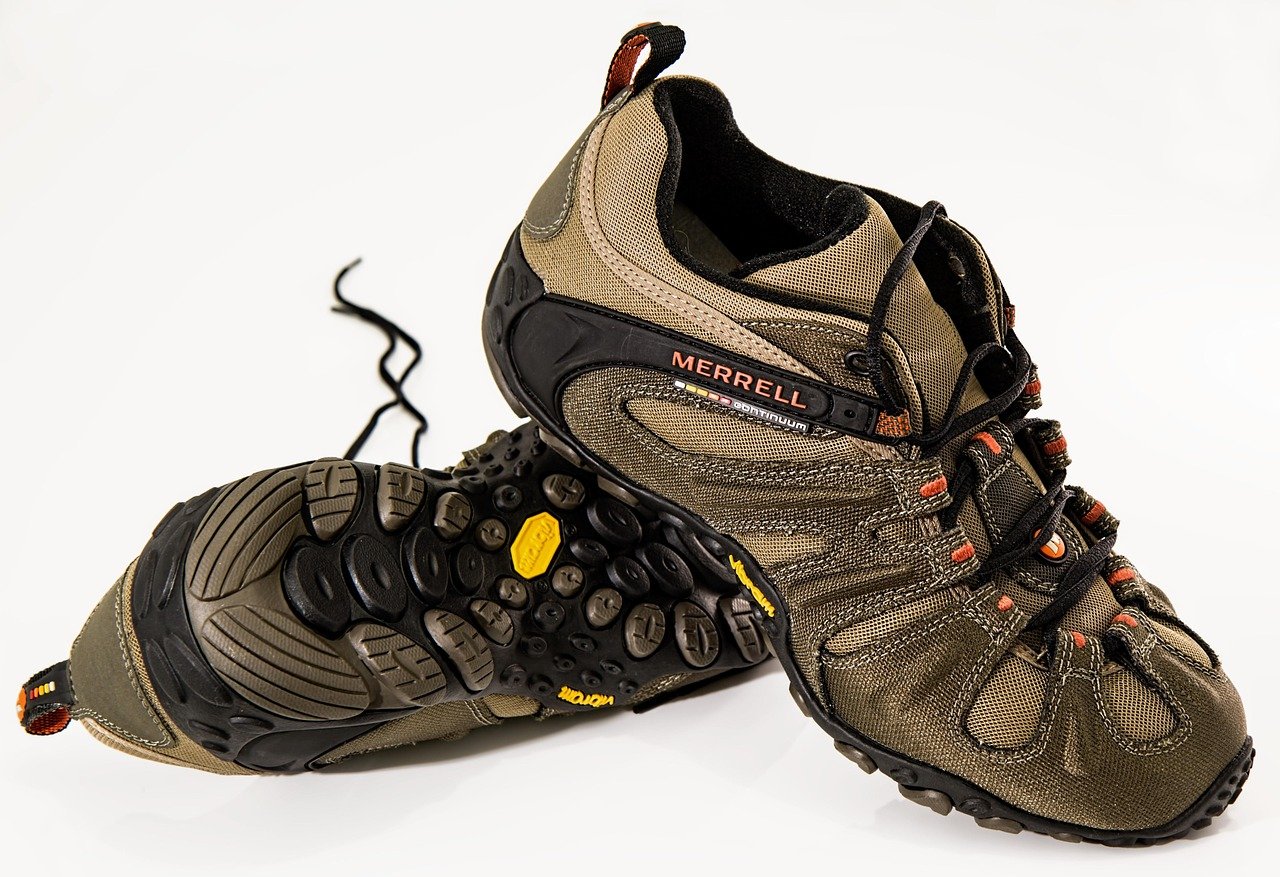Boxing: More Than Just a Fight – A Comprehensive Guide
Boxing. The sweet science. A brutal ballet. Whatever you call it, boxing is a sport steeped in history, discipline, and raw athleticism. Beyond the spectacle of two fighters trading blows in the ring, lies a complex world of technique, strategy, and unwavering dedication. This comprehensive guide will delve into the multifaceted aspects of boxing, exploring its fundamentals, benefits, training regimens, and everything you need to know to appreciate and potentially participate in this demanding sport.
The Fundamentals of Boxing
Boxing isn’t just about throwing punches; it’s a strategic dance of offense and defense, requiring precise footwork, calculated movements, and a deep understanding of angles.
Stance and Footwork
Your stance is the foundation of your boxing. A proper stance provides balance, power, and mobility.
- Orthodox Stance: This is the most common stance, with the left foot forward and the right foot back. It’s generally preferred by right-handed fighters.
- Southpaw Stance: This stance is the opposite of orthodox, with the right foot forward and the left foot back. It’s generally preferred by left-handed fighters.
- Footwork: Efficient footwork allows you to control distance, create angles, and evade attacks. Basic footwork involves moving forward, backward, and laterally, always maintaining balance and a stable base. For example, when moving forward, lead with your lead foot and then bring your rear foot up to maintain your stance.
Basic Punches
Learning the fundamental punches is crucial for both offense and defense.
- Jab: A quick, straight punch thrown with the lead hand. It’s used for measuring distance, setting up other punches, and disrupting the opponent’s rhythm. Imagine extending your arm quickly and snapping it back, keeping your elbow tucked in.
- Cross: A powerful straight punch thrown with the rear hand. It’s delivered with a full rotation of the hips and shoulders for maximum force. Transfer your weight from your rear foot to your front foot as you punch.
- Hook: A semi-circular punch thrown with either hand, targeting the opponent’s head or body. The hook relies on leverage and body rotation. Keep your elbow bent at approximately 90 degrees and pivot on your foot as you throw the punch.
- Uppercut: An upward-swinging punch thrown with either hand, targeting the opponent’s chin or body. It’s a powerful punch that requires precise timing and placement. Bend your knees slightly and drive upwards with your legs and hips as you throw the punch.
Defense: Blocking, Slipping, and Rolling
Defense is just as important as offense in boxing. Mastering defensive techniques can help you avoid taking unnecessary damage and create opportunities for counterattacks.
- Blocking: Using your gloves and forearms to absorb punches. Keep your gloves high and tight to protect your head.
- Slipping: Briefly moving your head to the side to avoid a punch. This requires quick reflexes and a good understanding of your opponent’s punches.
- Rolling: Bending at the knees and waist to avoid a punch, allowing it to pass harmlessly over your head or shoulder. This technique is especially effective against hooks.
- Parrying: Using your lead hand to deflect a punch away from you. This can disrupt your opponent’s rhythm and create openings for your own attacks.
Benefits of Boxing Training
Boxing training offers a wide range of physical and mental benefits, making it a fantastic workout and a valuable skill to acquire.
Physical Benefits
- Improved Cardiovascular Health: Boxing training involves intense periods of activity interspersed with periods of rest, leading to significant improvements in cardiovascular health.
- Increased Strength and Endurance: Boxing workouts build strength in your arms, legs, core, and back, while also improving your overall endurance.
- Enhanced Coordination and Agility: The complex movements involved in boxing require a high level of coordination and agility.
- Weight Loss: Boxing training is a calorie-burning powerhouse, making it an effective tool for weight loss. A typical boxing workout can burn upwards of 500 calories.
- Improved Muscle Tone: Boxing strengthens and tones muscles throughout the body, resulting in a leaner and more defined physique.
Mental Benefits
- Stress Relief: The physical exertion of boxing can be a great way to relieve stress and tension.
- Increased Confidence: Learning to defend yourself and improve your physical abilities can boost your self-confidence.
- Improved Focus and Discipline: Boxing training requires focus, discipline, and mental toughness.
- Enhanced Mental Toughness: Pushing through challenging workouts and sparring sessions builds mental resilience.
- Better Problem-Solving Skills: Boxing requires quick thinking and strategic decision-making, which can improve your problem-solving skills in other areas of life.
Boxing Training Regimen
A comprehensive boxing training program encompasses various elements designed to build strength, speed, endurance, and technique.
Warm-up and Stretching
- Cardio: 5-10 minutes of light cardio, such as jumping jacks or running in place, to increase blood flow and prepare your muscles for exercise.
- Dynamic Stretching: Arm circles, leg swings, and torso twists to improve flexibility and range of motion.
- Static Stretching: Holding stretches for 20-30 seconds after your workout to improve flexibility and reduce muscle soreness.
Technical Training
- Shadow Boxing: Practicing punches and footwork without a partner. This helps improve your technique, coordination, and mental focus.
- Heavy Bag Work: Punching a heavy bag to develop power and endurance. Focus on proper technique and varying your punches and combinations.
- Speed Bag Work: Punching a speed bag to improve hand-eye coordination, timing, and rhythm.
- Focus Mitt Work: Working with a trainer who holds focus mitts. This allows you to practice specific punches and combinations in a dynamic and controlled environment.
Strength and Conditioning
- Weightlifting: Squats, deadlifts, bench press, and overhead press to build overall strength.
- Bodyweight Exercises: Push-ups, pull-ups, sit-ups, and lunges to improve strength and endurance.
- Plyometrics: Jump squats, box jumps, and medicine ball throws to develop explosive power.
- Core Work: Planks, Russian twists, and leg raises to strengthen your core muscles, which are essential for generating power and maintaining balance.
Sparring
Sparring involves practicing your boxing skills against a live opponent in a controlled environment. This is an important part of training for competitive boxing, but it should be approached with caution and under the supervision of a qualified trainer.
- Controlled Environment: Sparring should always take place in a safe and controlled environment with proper supervision.
- Protective Gear: Wear a headgear, mouthguard, and gloves to protect yourself from injury.
- Focus on Technique: Sparring is an opportunity to practice your technique and strategy, not to try to knock out your opponent.
- Communication: Communicate with your sparring partner and your trainer to ensure that the session is safe and productive.
Boxing Equipment: What You Need to Get Started
Having the right equipment is crucial for safety and performance in boxing training.
- Gloves: Choose gloves that are the appropriate size and weight for your body type and training goals. 12-16 ounce gloves are generally recommended for heavy bag work and sparring.
- Hand Wraps: Protect your hands and wrists from injury by wrapping them properly before putting on your gloves.
- Mouthguard: Protect your teeth and jaw from impact with a properly fitted mouthguard.
- Headgear: Protect your head from cuts and bruises during sparring.
- Shoes: Boxing shoes provide good ankle support and traction. Cross-training shoes are also a suitable alternative.
- Jump Rope: A great tool for improving cardiovascular fitness and footwork.
- Heavy Bag: A durable bag filled with sand, cloth, or other materials, used for practicing punches and combinations.
- Speed Bag: A small, lightweight bag suspended from a platform, used for improving hand-eye coordination and rhythm.
- Focus Mitts: Pads held by a trainer to allow you to practice punches and combinations in a dynamic and controlled environment.
Safety Considerations in Boxing
Boxing is a physically demanding sport with inherent risks. It’s essential to prioritize safety and take necessary precautions to minimize the risk of injury.
- Proper Training: Learn proper technique and conditioning from a qualified trainer.
- Protective Gear: Always wear appropriate protective gear, including gloves, hand wraps, a mouthguard, and headgear.
- Listen to Your Body: Don’t push yourself too hard, especially when you’re just starting out. Take breaks when you need them and listen to your body’s signals.
- Hydration and Nutrition: Stay hydrated by drinking plenty of water throughout the day. Eat a balanced diet that provides the nutrients you need to fuel your workouts and recover properly.
- Medical Checkups: Get regular medical checkups to ensure that you’re healthy enough to participate in boxing training.
- Sparring Safety: Always spar under the supervision of a qualified trainer. Communicate with your sparring partner and your trainer to ensure that the session is safe and productive.
Conclusion
Boxing is a challenging yet rewarding sport that offers a multitude of physical and mental benefits. Whether you’re looking to compete in the ring or simply improve your fitness and self-defense skills, boxing training can be a valuable and enriching experience. By understanding the fundamentals, embracing the training regimen, and prioritizing safety, you can unlock the power and potential of this ancient art. So, put on your gloves, step into the ring, and discover the sweet science for yourself.



